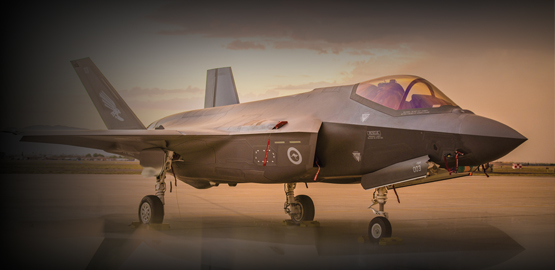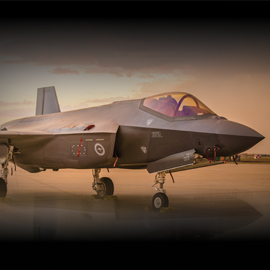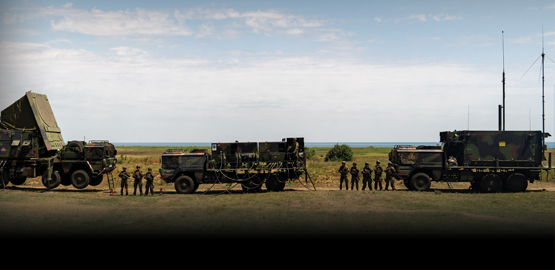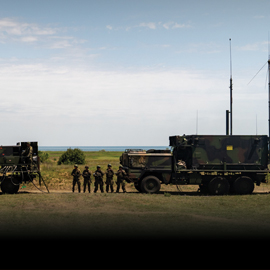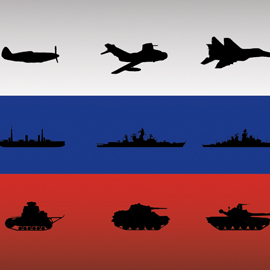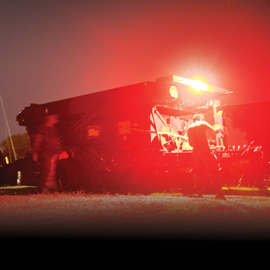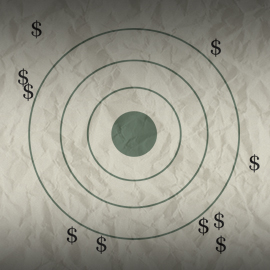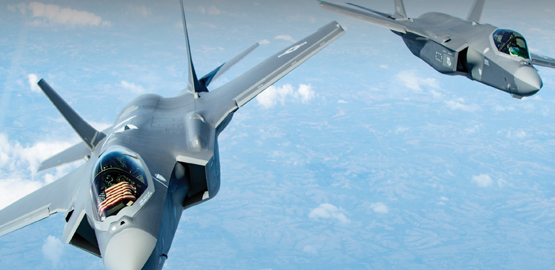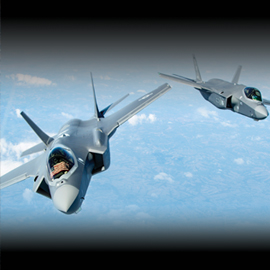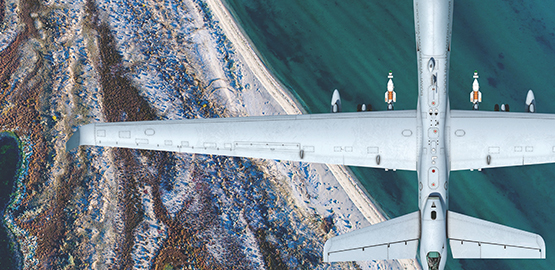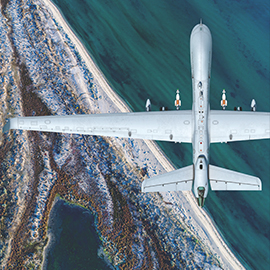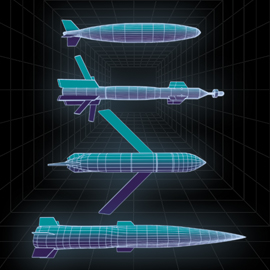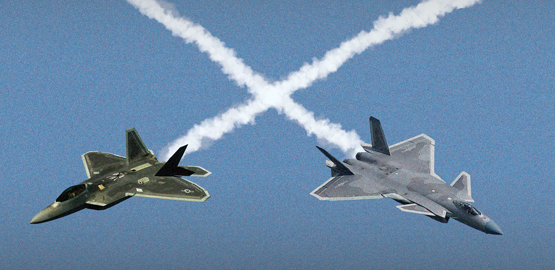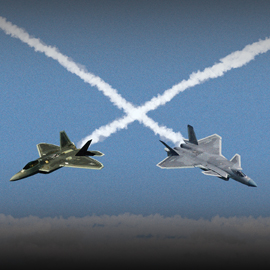News
Long-Range Question Mark
The Air Force’s current bomber force lacks the capabilities to penetrate contested airspace and strike targets in future air campaigns, according to Mark Gunzinger, a senior fellow at the Center for Strategic and Budgetary Assessments, a Washington-based bipartisan think tank. “Pentagon planners viewed long-range strike as a first day capability that would be needed to help rapidly halt invading enemy forces,” he told ISN Insights. “After that, short-range tactical aircraft flying from nearby bases in relatively permissive operating environments could carry out the majority of strike missions.”
New Air Force Bomber Will Need Sufficient Room For Future Upgrades
Making the bomber nuclear capable will only raise the development price tag “a handful of percentage points,” according to retired Air Force colonel Mark Gunzinger, a former deputy assistant secretary of defense who is now a senior fellow at the Center for Strategic and Budgetary Assessments in Washington. “That seems like a pretty wise investment . . . considering that this aircraft could be around 30-40 years,” he said in a Jan. 18 telephone interview. “To build in that kind of mission flexibility makes great sense both from a strategic perspective as well as a fiscal perspective.”
Lawmakers Question Marines’ Plan to Nix General Dynamics Vehicle
Because of pressure to contain defense spending, the Marine Corps must return to its reputation that it can get “a great return on the investment dollar” to ensure that the service holds on to its procurement budget, said Dakota Wood, a retired Marine and senior fellow at the Center for Strategic and Budgetary Assessments. The escalating costs of the Expeditionary Fighting Vehicle, along with current problems with the Marines’ version of the F- 35 jet fighter, have “tarnished that reputation of an affordable service,” Wood said in a phone interview. “In the past, the Marine Corps has enjoyed the reputation of just asking for what it truly needed.”
Defense Cuts Will Shift Money to Repair of Existing Equipment
“I think that there are going to be more and more examples like that,” said Todd Harrison, a defense analyst with the Center for Strategic and Budgetary Assessments. Because the military in recent years invested in many new programs, which in lots of cases have not come to fruition, it did not spend as much on large-scale repair and modernization of older equipment, Harrison added. “As a result, we still have . . . this lagging need to recapitalize large parts of our force,” he said.
CSBA Applauds Secretary Gates’ Steps to Align Programs with Emerging Fiscal and Threat Realities
Unveiling his decisions yesterday, Secretary of Defense Robert Gates set new priorities for the US military in an age of austerity. His program and budget decisions will help close the strategy-funding gap and will better prepare the US military to face anti-access and other military challenges on the horizon. While the budget cuts Gates proposed are significant, they are judicious and signal his determination to avoid hollowing either the force or its modernization accounts.
The Dangers of a Nuclear Iran
Although finding a peaceful way to preclude Iran from getting nuclear weapons is obviously desirable, Washington will likely have to decide between two unattractive options: pursuing a military strike to prevent Iran from going nuclear or implementing a containment strategy to live with a nuclear Iran. The resort to force is always risky, and it would be particularly so in this case because a substantial number of U.S. troops are deployed near Iran. Whether force should be used will depend on the answers to three difficult questions: How close is Iran to achieving a nuclear weapons capability? Would an attack be effective? How might Iran retaliate, and what costs would the United States and its allies and partners suffer as a result? The risks of war must be weighed against the likelihood that containment could preserve regional stability and avert further proliferation, the demands of implementing and sustaining a containment strategy, and the inevitable reduction in the United States’ ability to defend vital interests elsewhere.
